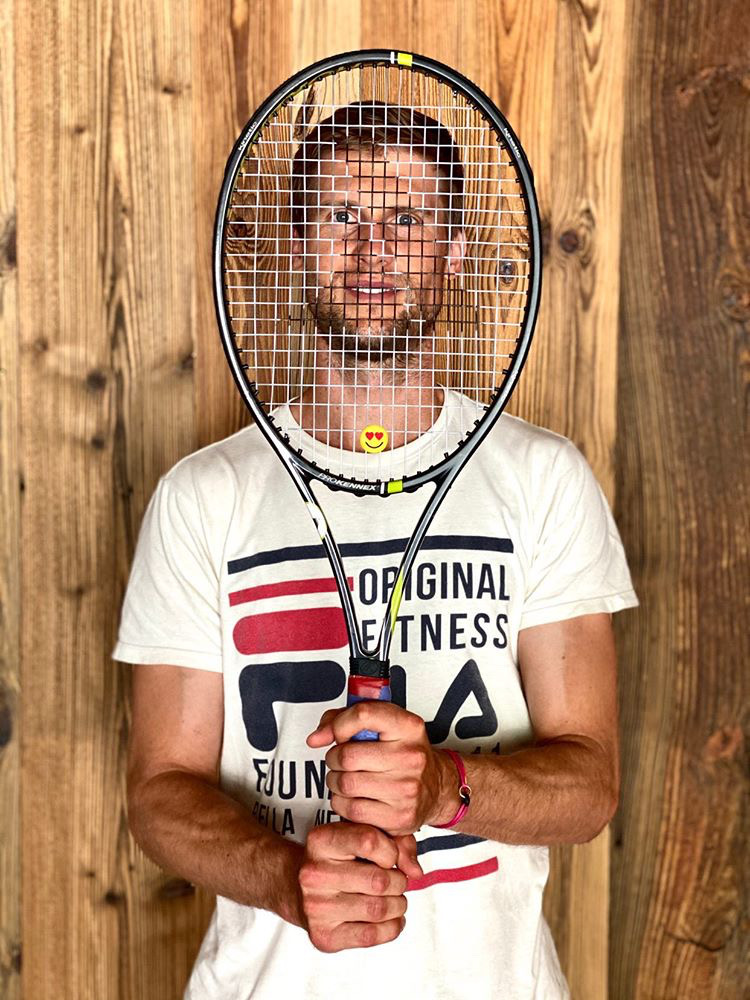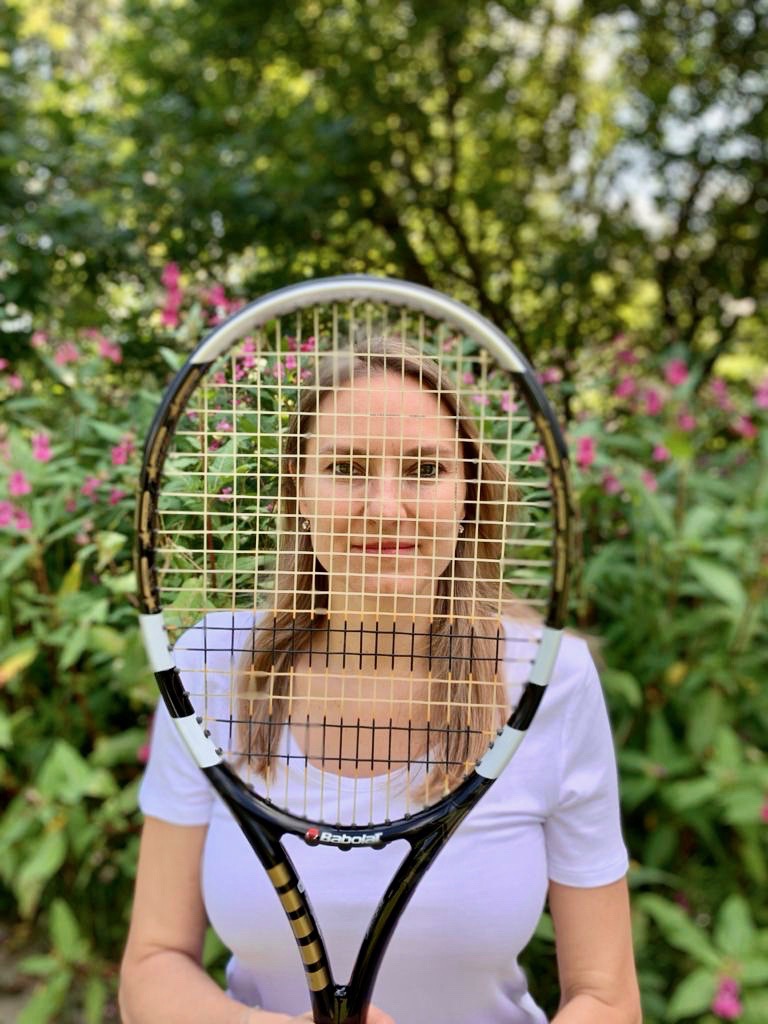Mark Booras
June 4, 2023
Mark Booras, head tennis coach at Tulane University in New Orleans, needs the help of the larger tennis community. Mark has played tennis for virtually all of his 52 years. He played college tennis at the University of West Virginia. He began his collegiate career for legendary coach Terry Deremer at West Virginia in 1989 and was a four-year letterman for the Mountaineers from 1989-93. He twice served as team captain, and was the Atlantic-10 Conference Player of the Year and the school’s senior player of the year in 1993. In each of his final three seasons at West Virginia, Booras competed in both the NCAA singles and doubles championship tournaments. He was a top-20 singles and doubles player throughout his college career. Following his collegiate career, Booras joined the ATP tour and continued his success, ranking as high as No. 267 in the world in doubles and 797 in singles. After a three-year career from 1994-96, he retired and decided to further his education. While earning his master’s degree at West Virginia, he was also the volunteer assistant men’s tennis coach and a private tennis instructor. Mark went to Tulane in 2008 to rebuild a team from scratch, after Tulane had to (more…)
Mark Booras, head tennis coach at Tulane University in New Orleans, needs the help of the larger tennis community. Mark has played tennis for virtually all of his 52 years. He played college tennis at the University of West Virginia. He began his collegiate career for legendary coach Terry Deremer at West Virginia in 1989 and was a four-year letterman for the Mountaineers from 1989-93. He twice served as team captain, and was the Atlantic-10 Conference Player of the Year and the school’s senior player of the year in 1993. In each of his final three seasons at West Virginia, Booras competed in both the NCAA singles and doubles championship tournaments. He was a top-20 singles and doubles player throughout his college career. Following his collegiate career, Booras joined the ATP tour and continued his success, ranking as high as No. 267 in the world in doubles and 797 in singles. After a three-year career from 1994-96, he retired and decided to further his education. While earning his master’s degree at West Virginia, he was also the volunteer assistant men’s tennis coach and a private tennis instructor. Mark went to Tulane in 2008 to rebuild a team from scratch, after Tulane had to (more…)



